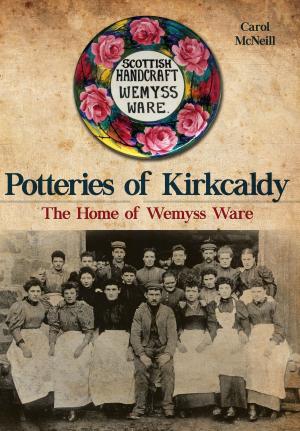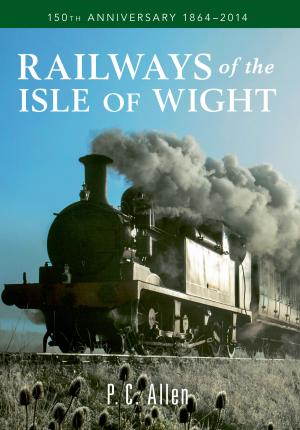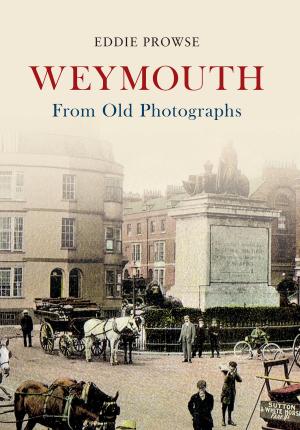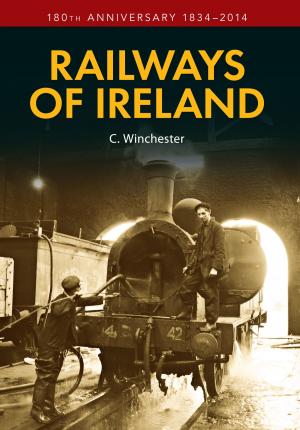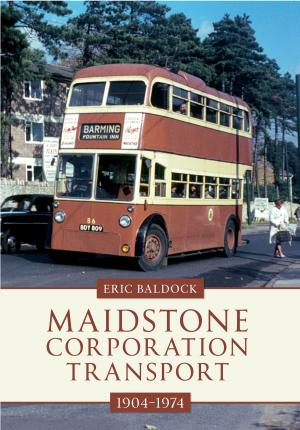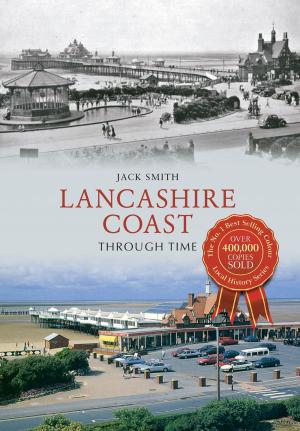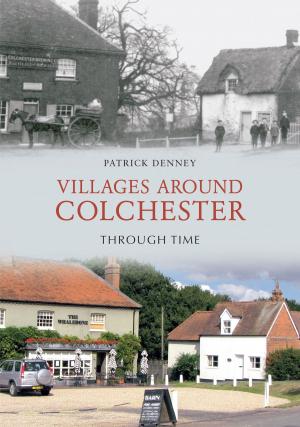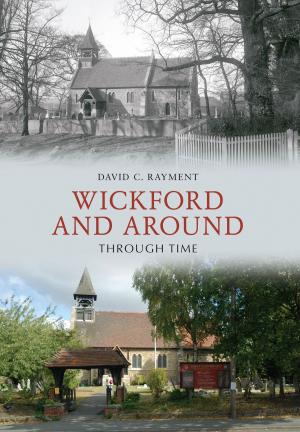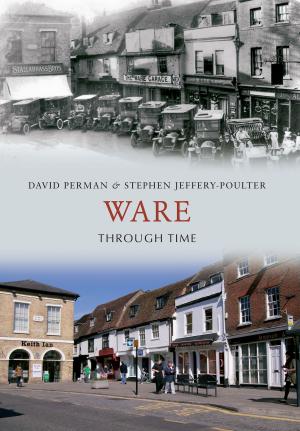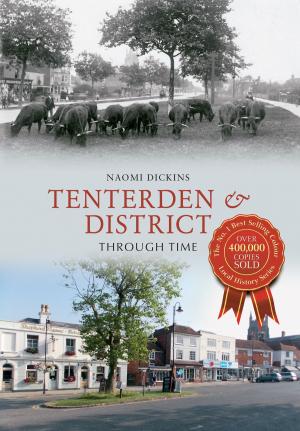Amberley imprint: 2705 books
by Owen Smithers
Language: English
Release Date: June 15, 2016
Language: English
Release Date: June 15, 2016
In the mid-1950s there were rumours that the Northern line was to be upgraded from manual operation to an automated line. This involved twelve manned signal boxes with a total of forty-one signalmen, eventually reduced to thirteen signalmen after automation. Automating the Northern Line describes...
by Michael Meighan
Language: English
Release Date: December 15, 2012
Language: English
Release Date: December 15, 2012
Until the 1960's The Clyde was synonymous with shipbuilding with many yards dotted on both sides of the river all the way from Glasgow to Greenock. Today they have all but gone, waterside apartments, exhibition centres and light industrial units taking their place. Scotland has many lost industries...
Potteries of Kirkcaldy
The Home of Wemyss Ware
Language: English
Release Date: September 15, 2015
With four potteries, the Fife town of Kirkcaldy was a major producer of pottery during the nineteenth and twentieth centuries. Fife Pottery, Rosslyn Pottery and Sinclairtown Pottery were all based in the Gallatown area of Kirkcaldy, while Kirkcaldy Pottery was in the Links, all well away from the...
Railways of the Isle of Wight
150th Anniversary 1864-2014
Language: English
Release Date: April 15, 2014
'There is probably no place in the British Isles that could offer a more attractive study to one interested in railway working on a small scale than the Isle of Wight'. P. C. Allen, 1928 At its height the Island had a network of 551/2 miles of line operated by a number of independent companies including...
by Eddie Prowse
Language: English
Release Date: June 15, 2014
Language: English
Release Date: June 15, 2014
As a popular seaside town and resort on the South Coast, Weymouth is loved by locals and visitors alike for its rich and varied history. The town was particularly favoured by the Georgians, who popularised the seaside holiday and contributed a wealth of architecture to the town. Weymouth's prominent...
Railways of Ireland
180th Anniversary 1834-2014
Language: English
Release Date: June 15, 2014
At its peak in the 1920s Ireland had some 3,500 route miles of track, today it has less than half that amount. By the beginning of the twentieth century the list of companies included the Belfast & County Down Railway, the Cork, Bandon & South Coast Railway, the County Donegal Railway Joint...
by Walter Burt
Language: English
Release Date: July 15, 2012
Language: English
Release Date: July 15, 2012
Fife Scottish was established in the 1960s as part of the Scottish Bus Group, a state-owned company which operated bus services throughout Scotland. It operated buses throughout the Kingdom of Fife, serving towns such as Dunfermline, St Andrews, Glenrothes, Leven and Kirkcaldy, and did this with great...
Maidstone Corporation Transport
1904-1974
Language: English
Release Date: July 15, 2012
Maidstone Corporation fi rst began operating trams on 14 July 1904, in conjunction with the municipal electricity supply. Motor buses were introduced from 7 April 1924, and, to replace the trams which were being phased out through 1929 and 1930, trolleybuses were introduced on 1 May 1928. Towards...
by David Devoy
Language: English
Release Date: September 15, 2014
Language: English
Release Date: September 15, 2014
Strathclyde Buses can trace its roots back to the tram services provided by Glasgow Corporation, which started running buses in 1924 as a more cost-effective way of reaching the new, large council housing schemes on the outskirts of the city. Operating within the city of Glasgow and to locations such...
by Jack Smith
Language: English
Release Date: November 15, 2013
Language: English
Release Date: November 15, 2013
Stretching from the Ribble Estuary to the River Kent, the Lancashire coast provides both spectacular views and glimpses of the county's industrial heritage. As the Industrial Revolution took hold in the eighteenth and nineteenth centuries, Lancashire flourished, producing over 80 per cent of the world's...
by Patrick Denney
Language: English
Release Date: April 15, 2010
Language: English
Release Date: April 15, 2010
Much has been written about Colchester and its rich and varied heritage, but rather less attention has been given to the surrounding rural communities. Like their larger neighbour, they too have experienced much change in the form of modernisation and increasing motor traffic, but to a large extent...
by David C. Rayment
Language: English
Release Date: February 15, 2011
Language: English
Release Date: February 15, 2011
The name Wickford is of Saxon origin, Wick meaning a winding river and Ford being a shallow river crossing. For many years this sleepy market town lay dormant, like a seed waiting spring. Spring arrived in the 1970s with the building of the Willows, establishing itself during the following decade...
by David Perman, Stephen Jeffery-Poulter
Language: English
Release Date: August 15, 2012
Language: English
Release Date: August 15, 2012
Having grown up as a small Roman settlement where Ermine Street crossed the River Lea, Ware came into its own in the Middle Ages as an important stopping place on the Old North Road to and from London. The booming inn trade was boosted by the Great Bed of Ware, mentioned by Shakespeare among others....
by Naomi Dickins
Language: English
Release Date: November 15, 2013
Language: English
Release Date: November 15, 2013
From its origins as a clearing in the Wealden forest, the Saxon settlement of 'Tenet-warre-den' rose to a position of prominence with the fourteenth-century burgeoning of the English wool trade. During the reign of Henry VI, its fortunes improved further when the town was incorporated into the Confederation...


